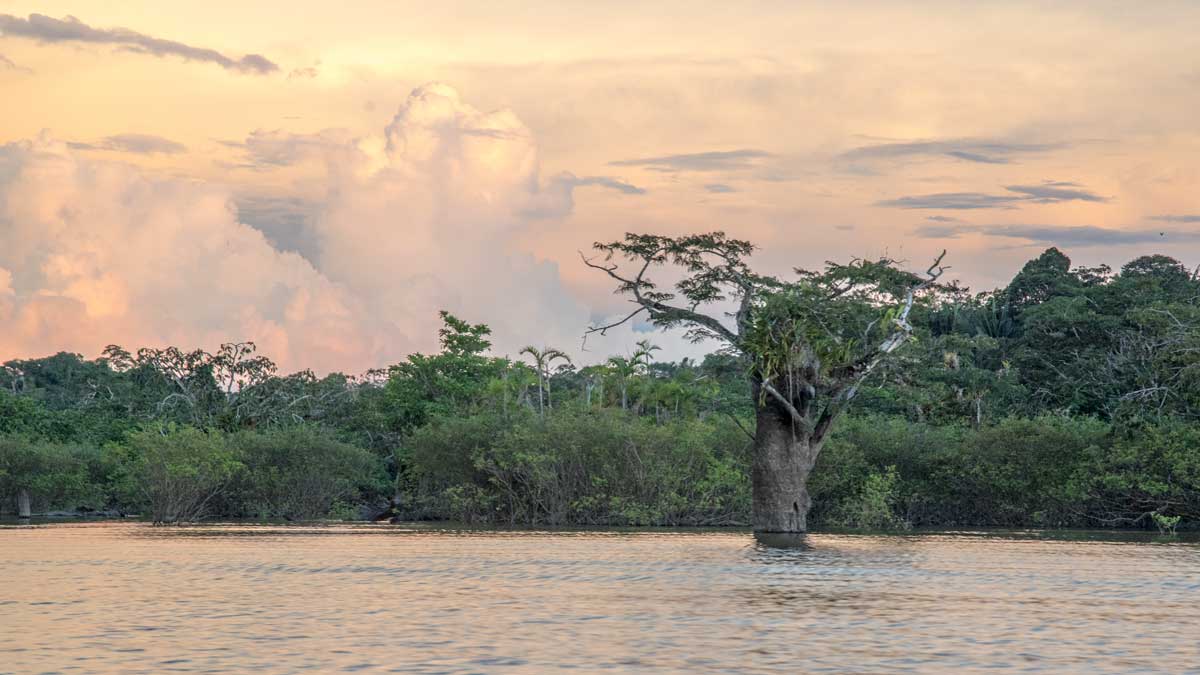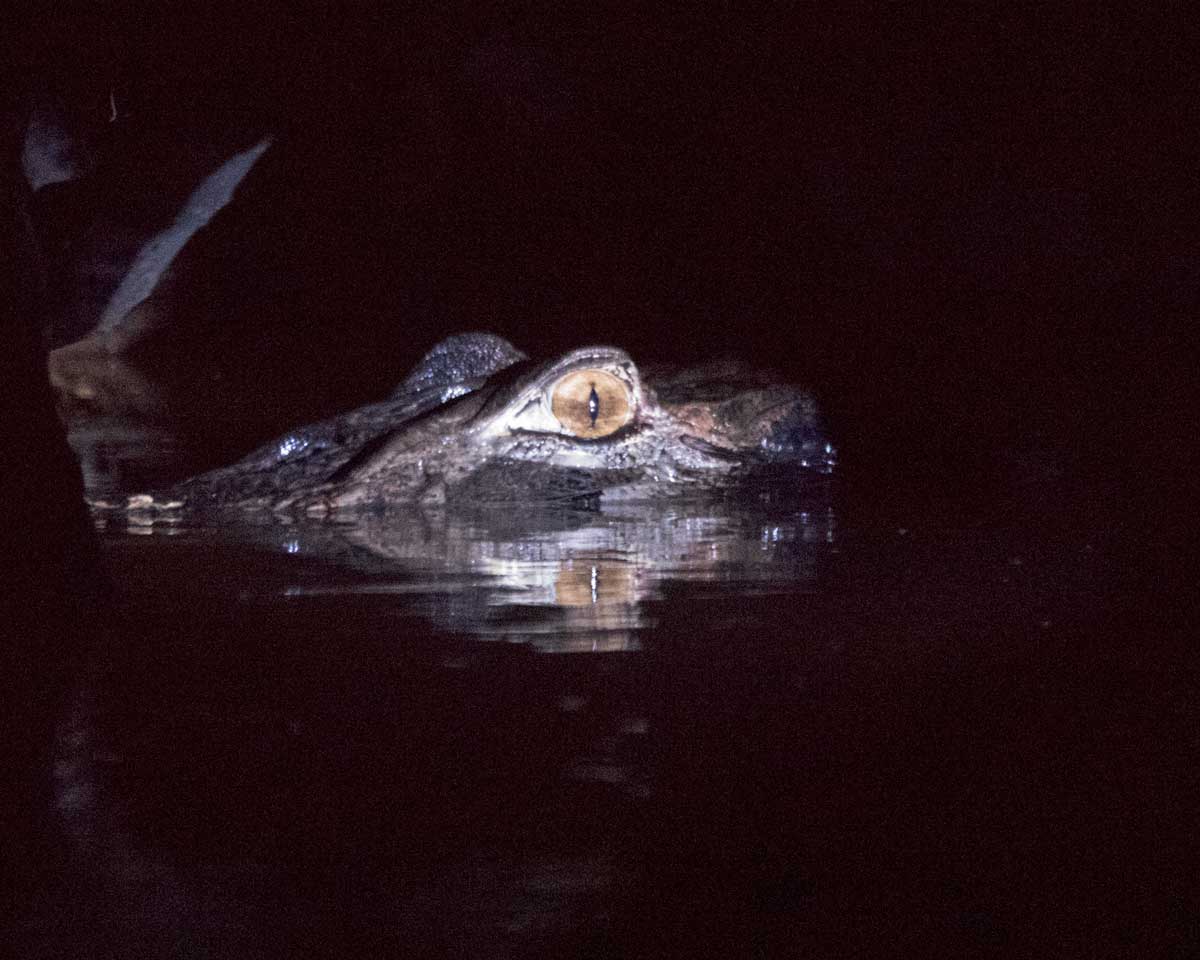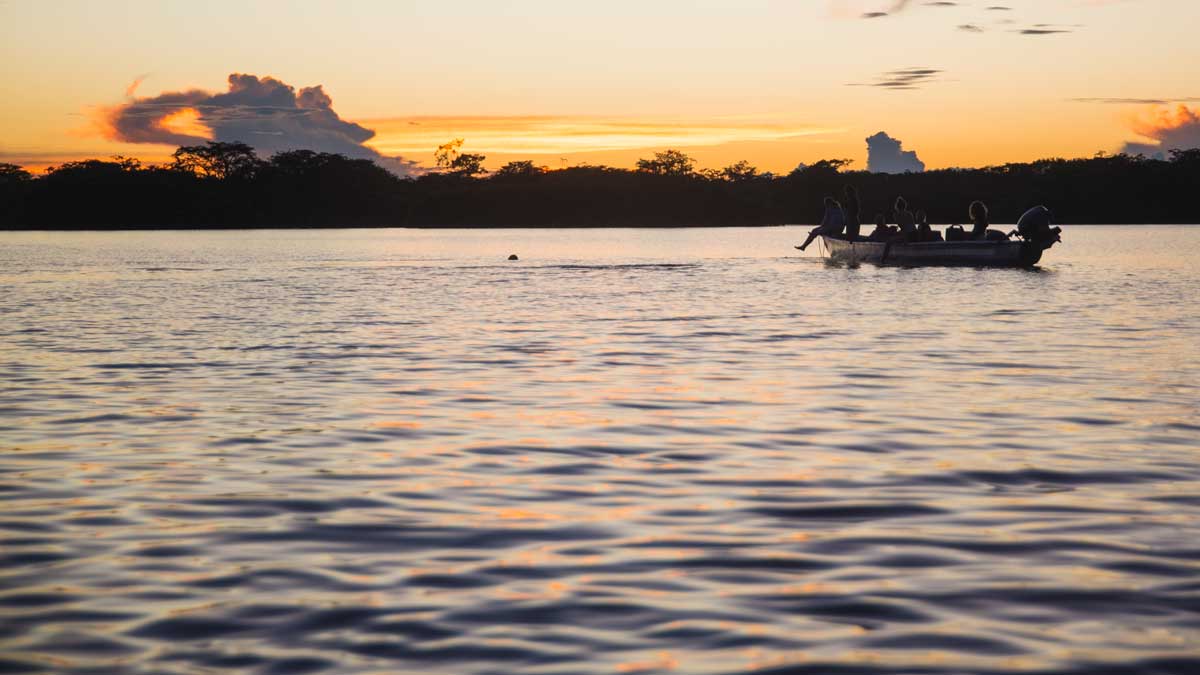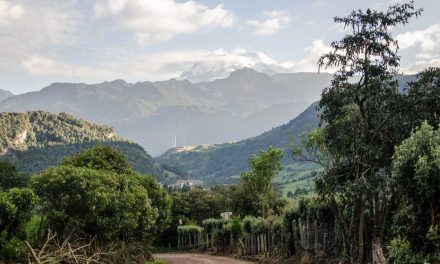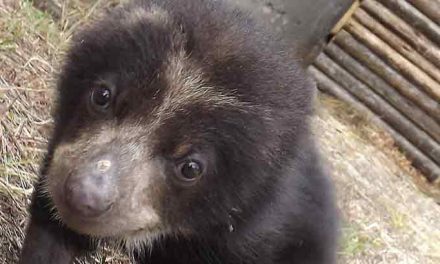As responsible travelers evolve, so do the stories we share.
This article is part of our living archive — trusted content we continue to care for.
First published on August 23, 2022 • Last updated on August 23, 2022.
The Cuyabeno: A Photo Essay
Let me introduce the Cuyabeno in pictures. In four short days, we were able to merely scratch the surface of the Cuyabeno Wildlife Reserve, an incredibly diverse habitat with nine different ecosystems. To read the captions, hover your mouse anywhere over the photo.
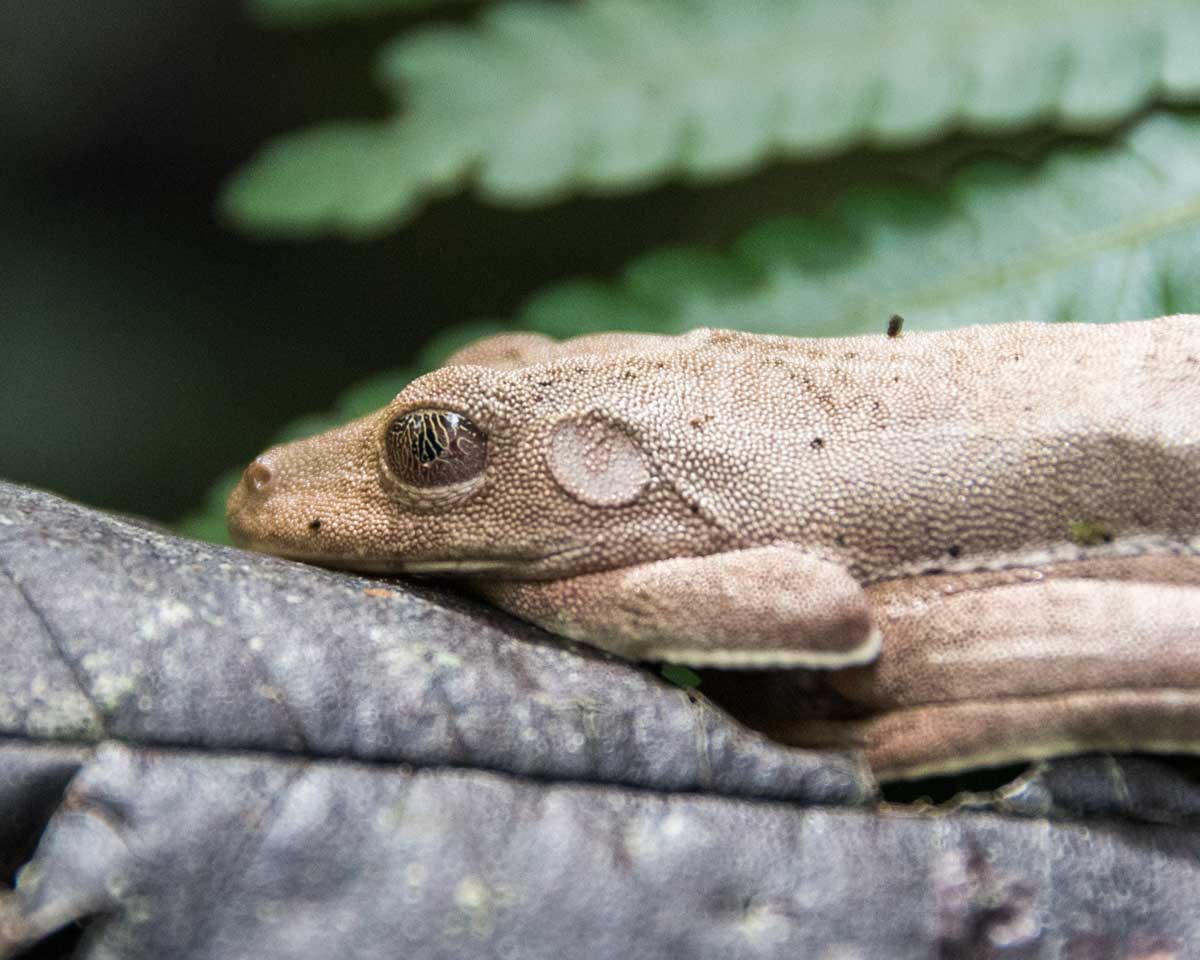
The People of Cuyabeno
The land in the Cuyabeno Wildlife Reserve is shared by several different nations. We stayed at Dracaena Lodge which leases land from the Siona. We also traveled downriver to the confluence of the Rio Cuyabeno and Rio Aguarico. Known as Playas de Cuyabeno, this land belongs to the Amazon Kichwa. Also, the Cofán and the Secoya live further east in remote areas.
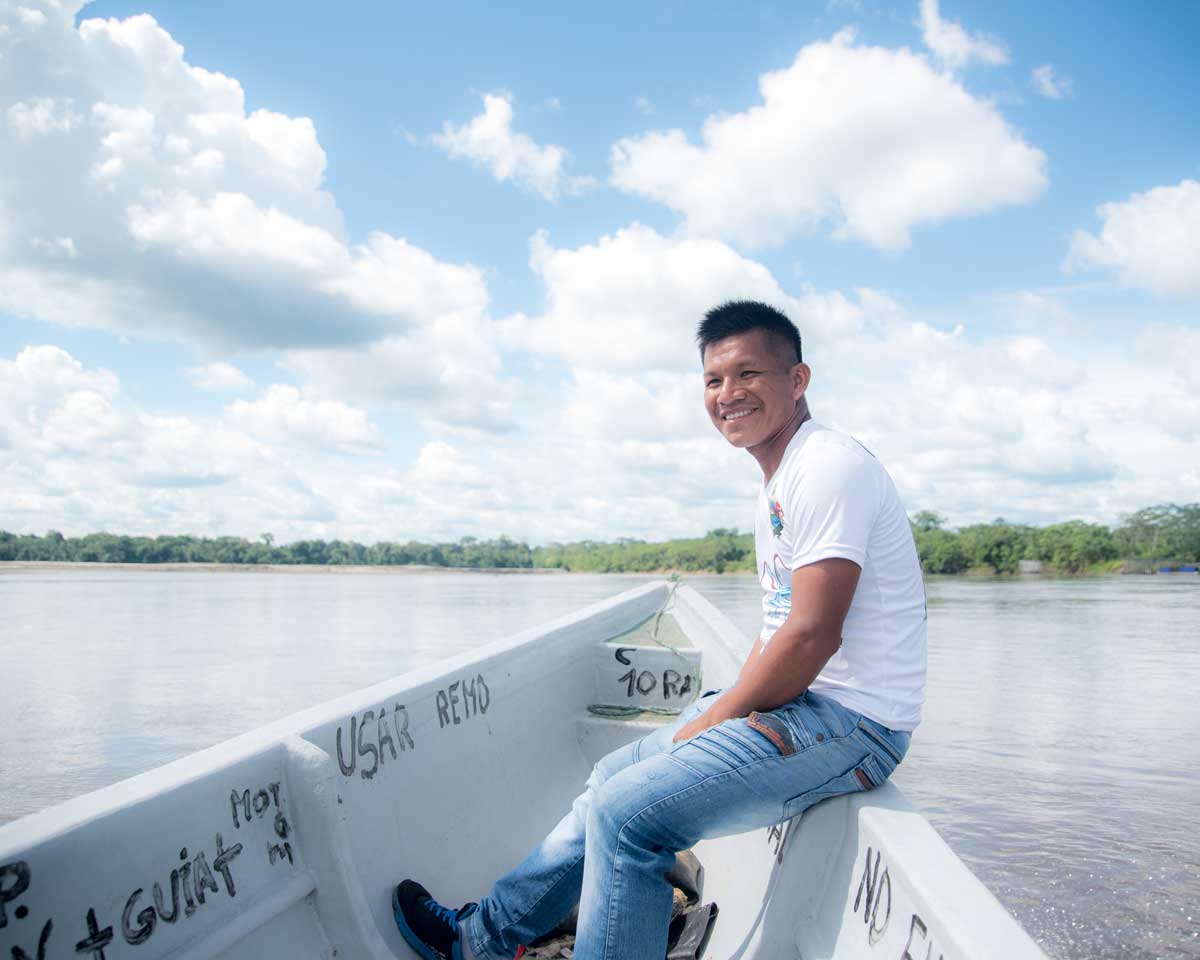
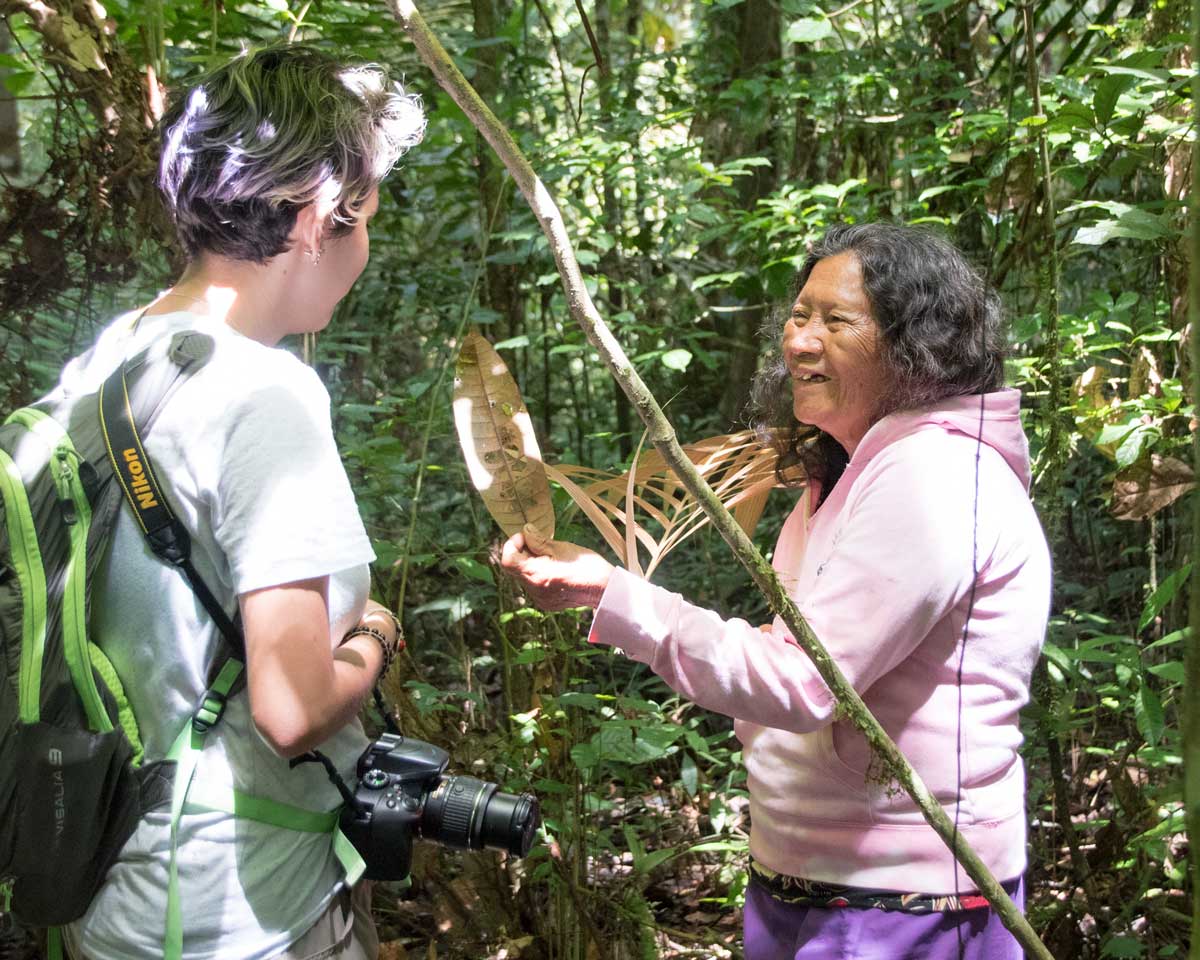

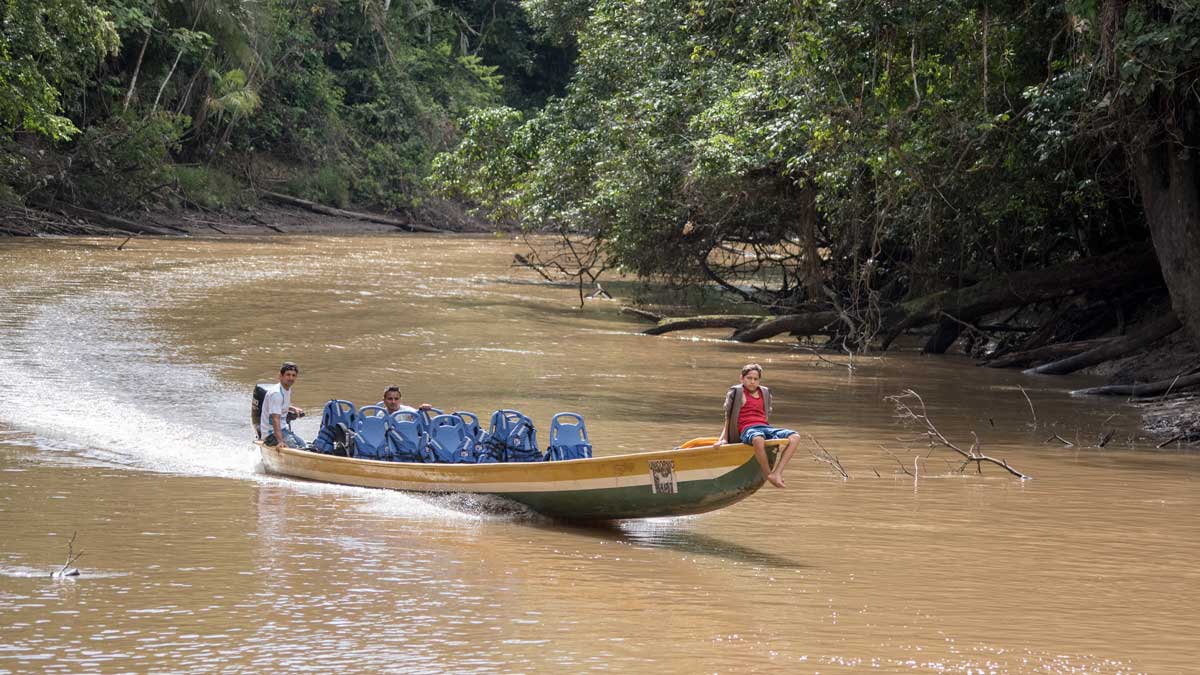
Touring Cuyabeno By Motorized Canoe
The best way to see the Cuyabeno Wildlife Reserve is by motorized canoe. While it is possible to hike for miles on muddy trails, it is unlikely that you will ever see an animal. In fact, the day we unsuccessfully tried to track some wild pigs on land, a different group from our lodge saw one running alongside a river bank.
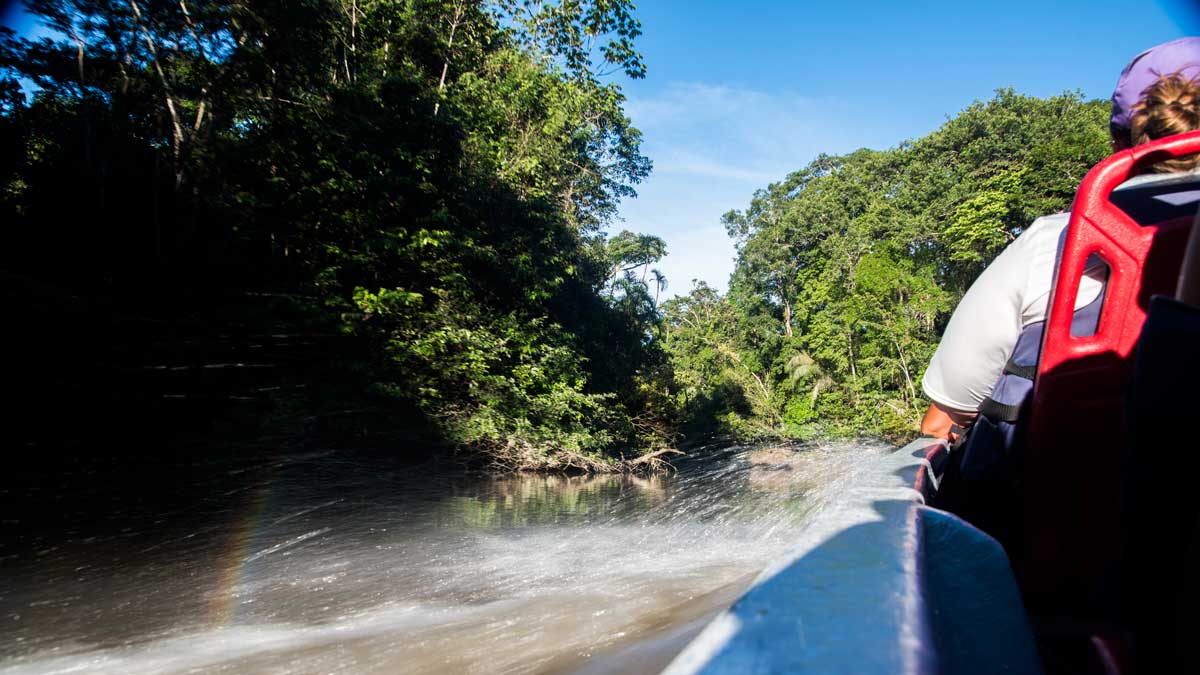


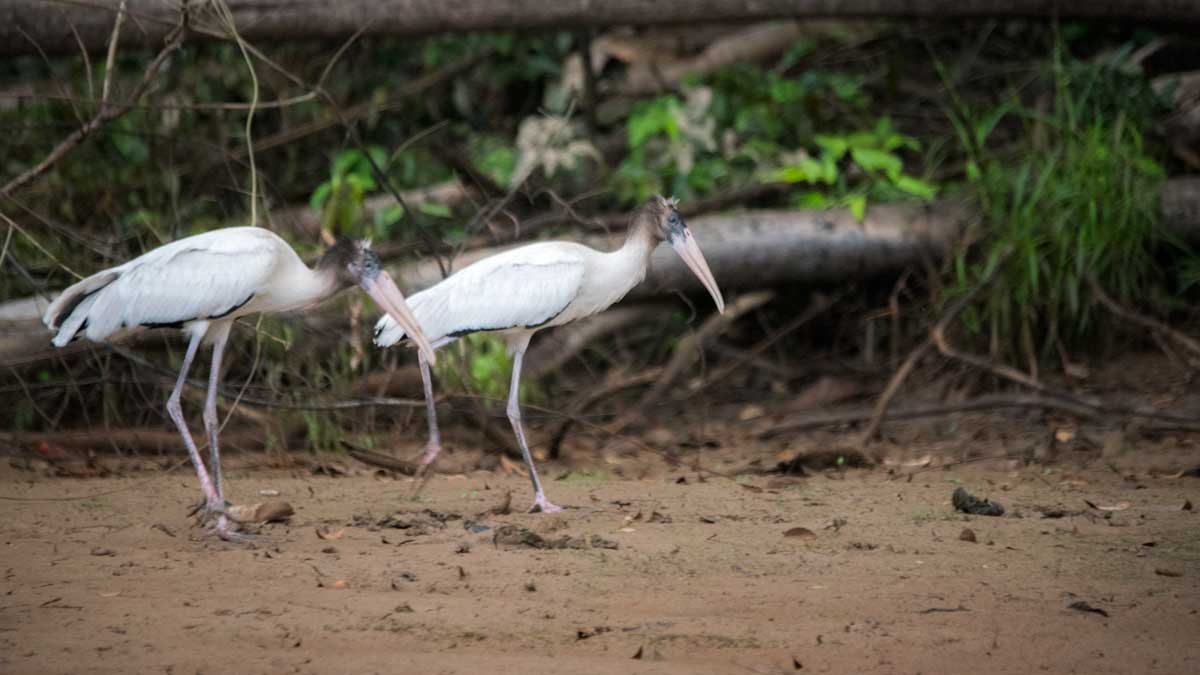

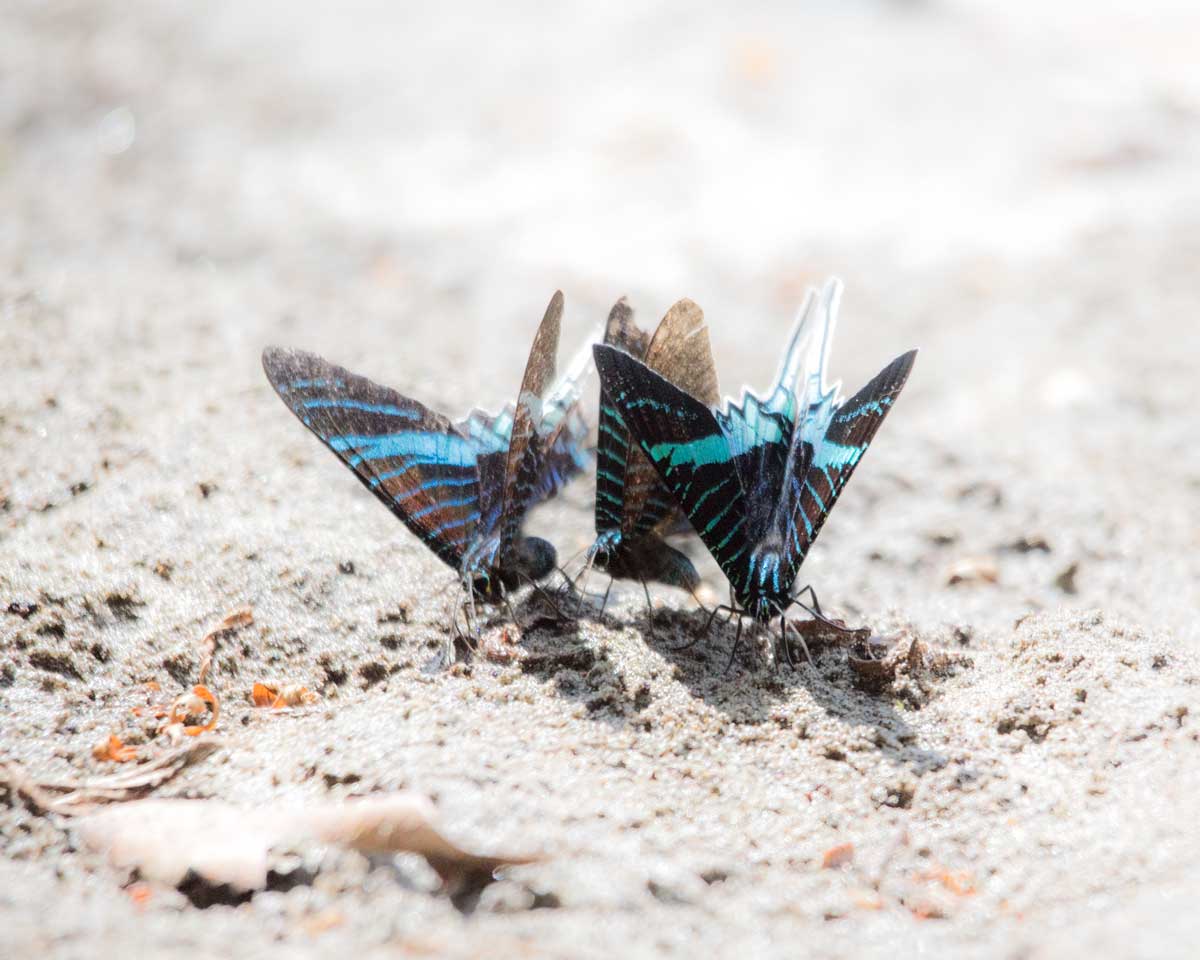
The Jungle
The landscape on either bank of the Rio Cuyabeno is pure jungle. Hot and humid year round with heavy rains for most of the year, the ground is saturated with water. Rain easily washes away important nutrients forcing tall, heavy trees like the Ceibo to send out wide, shallow roots in search of sustenance. Hundreds of species of trees compete with one another for sunlight.
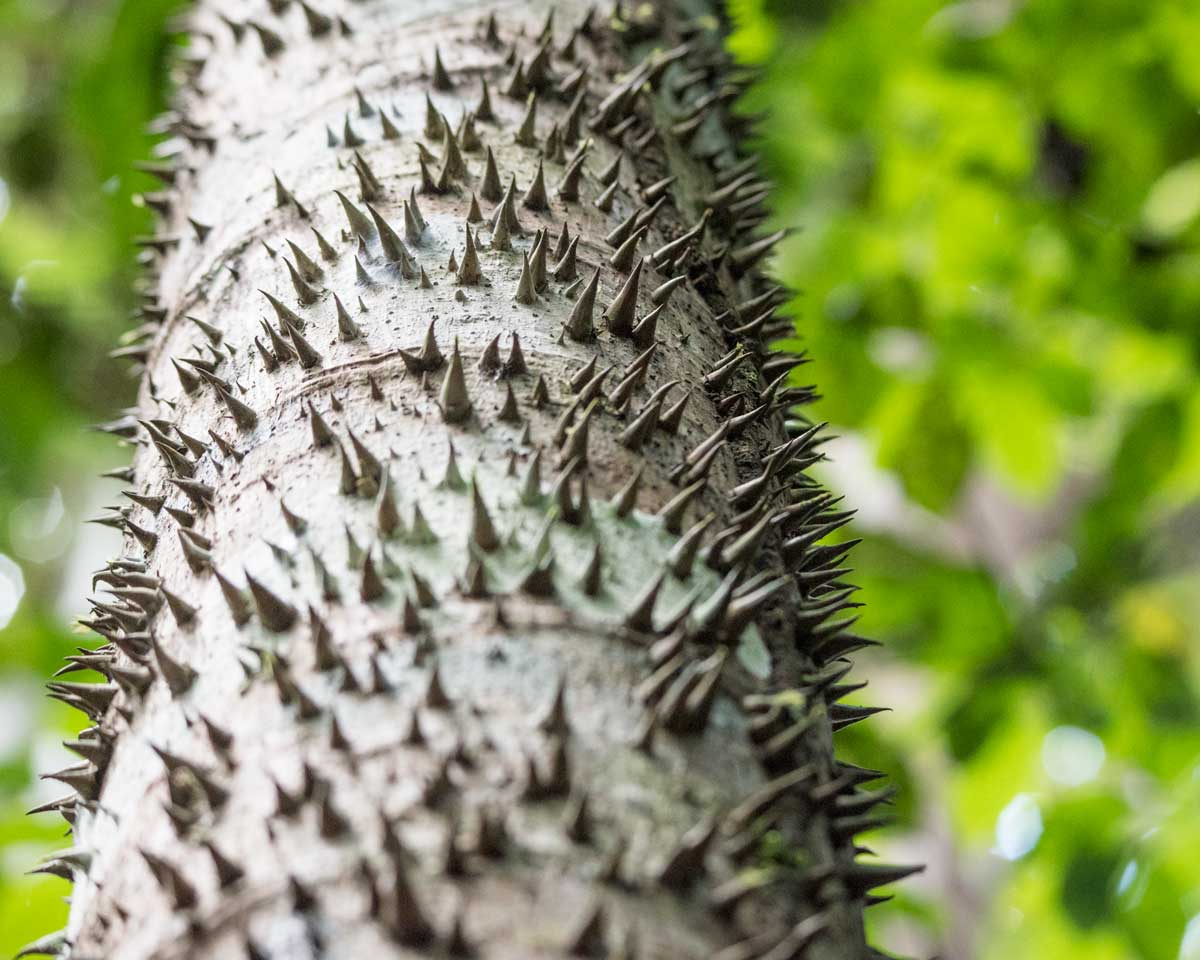
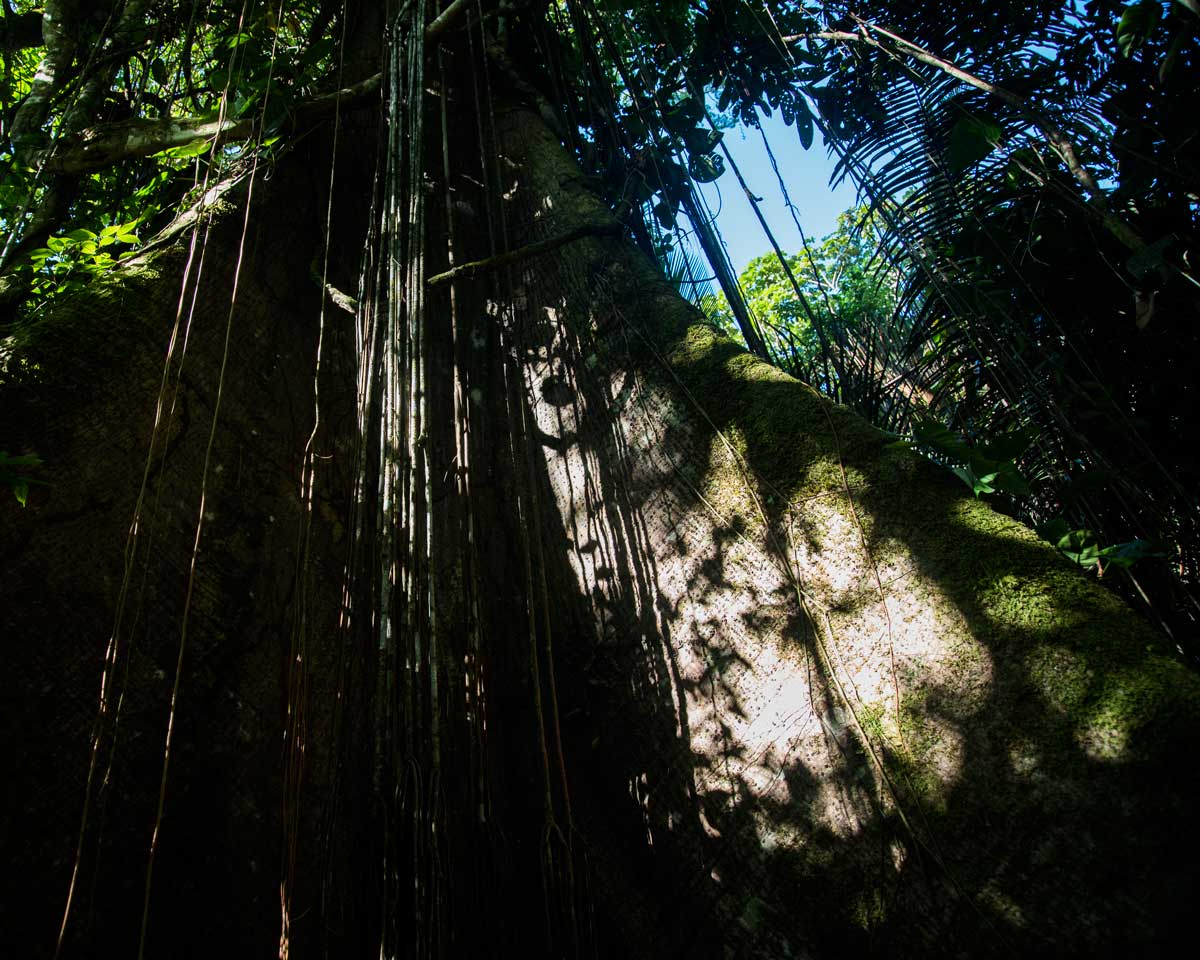
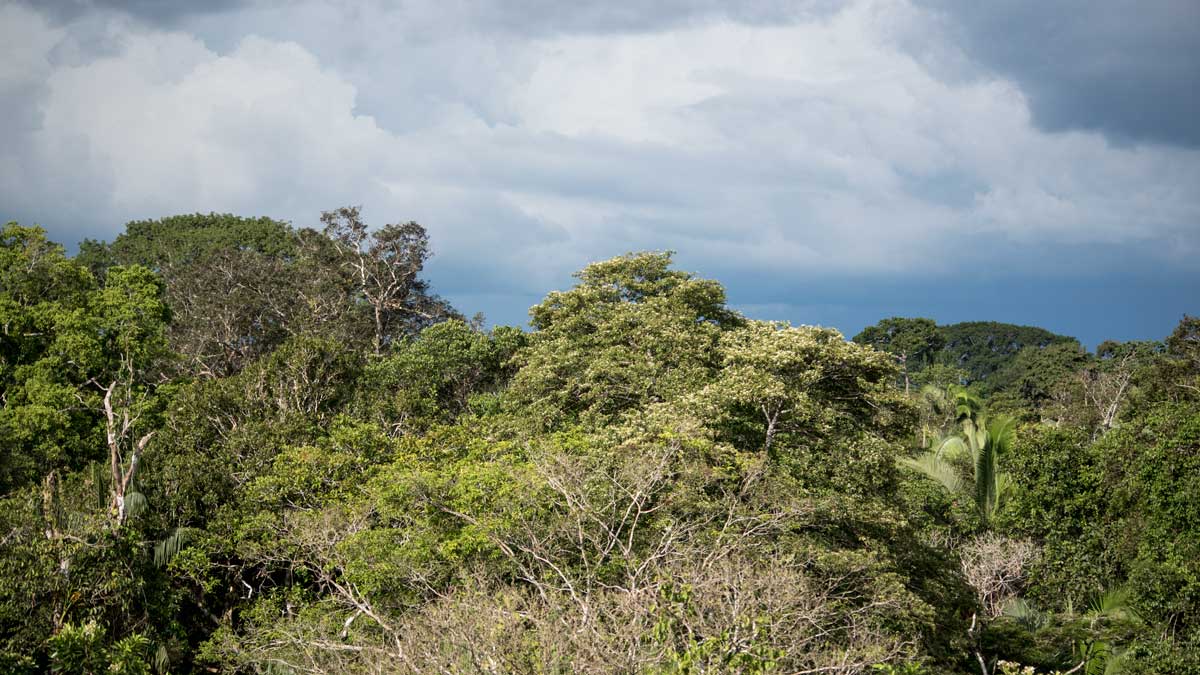
The Cuyanbeno Jungle Is Full of Life
While animals can be hard to spot while hiking, the jungle is full of amazing creatures. Insect lovers will delight in the wide variety of ants, grasshoppers, and even spiders. Lizards, anoles, and snakes as well as many amphibians are just waiting for watchful eyes, both day and night.
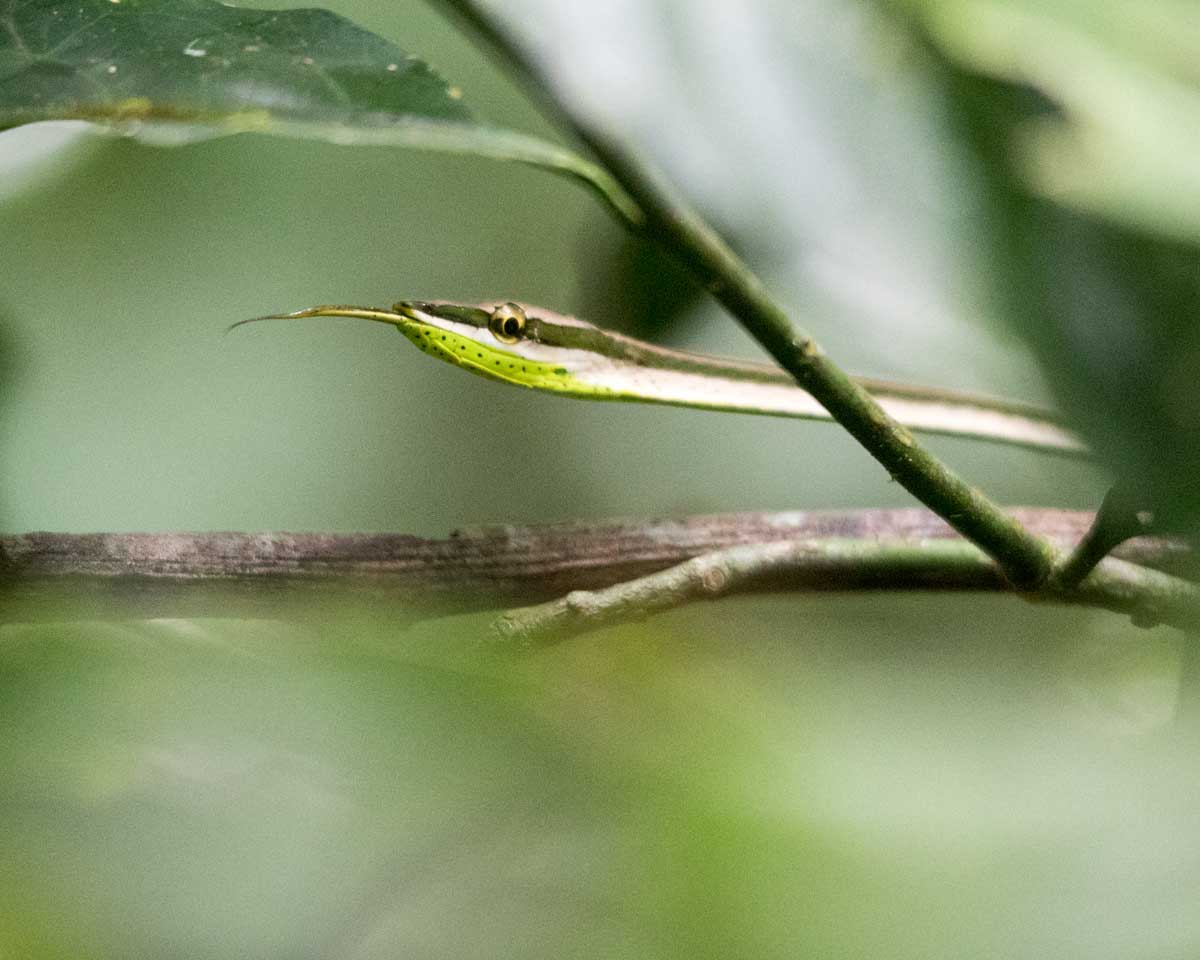
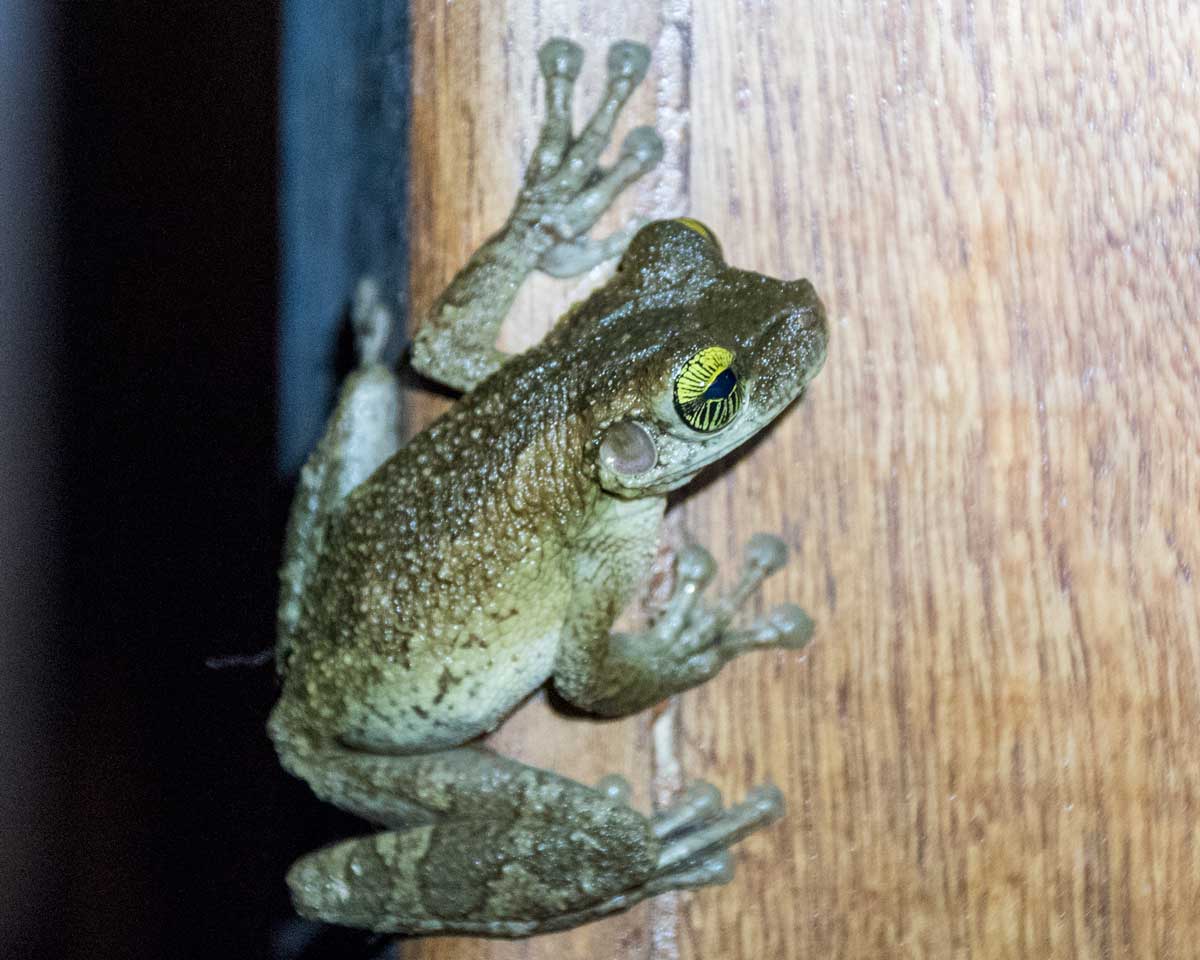
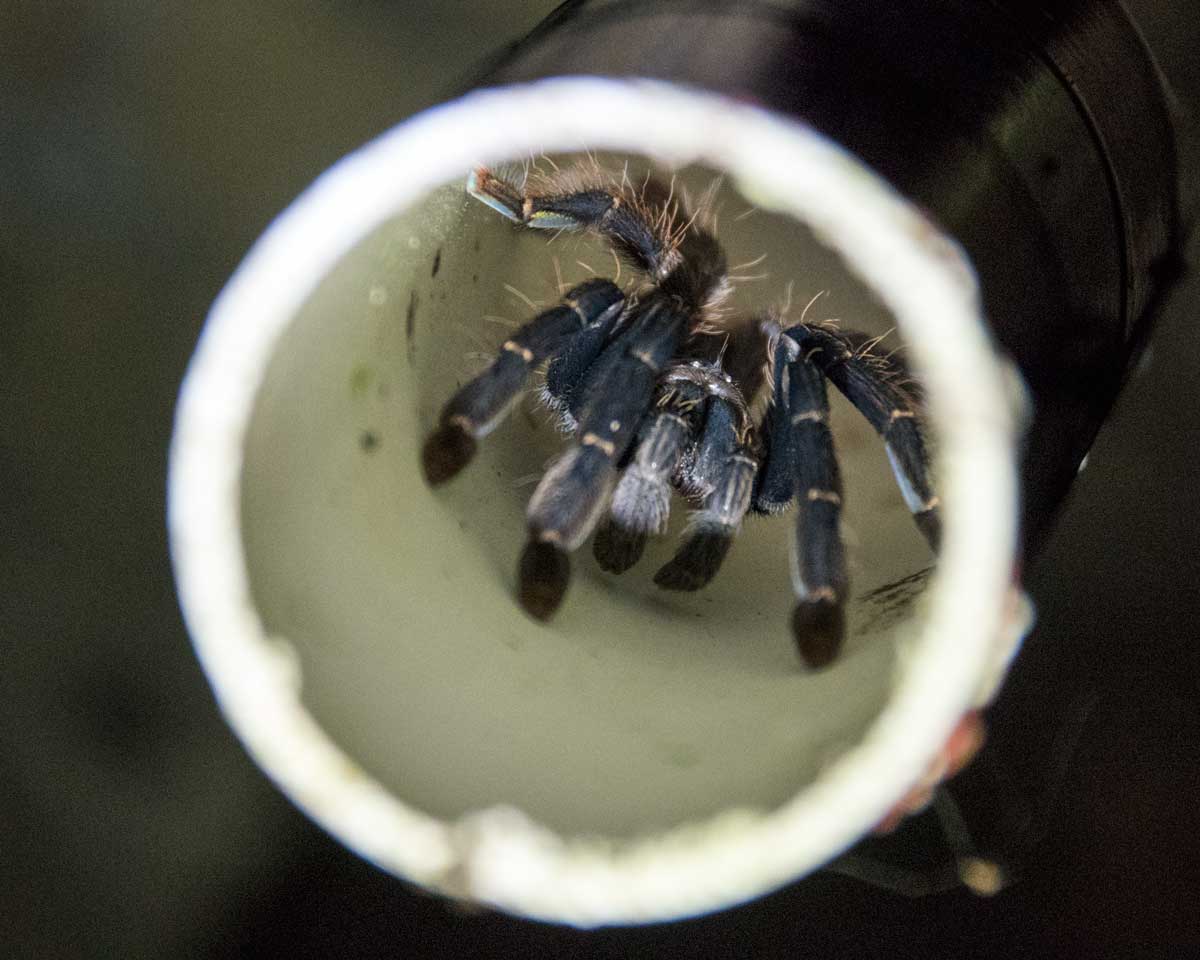
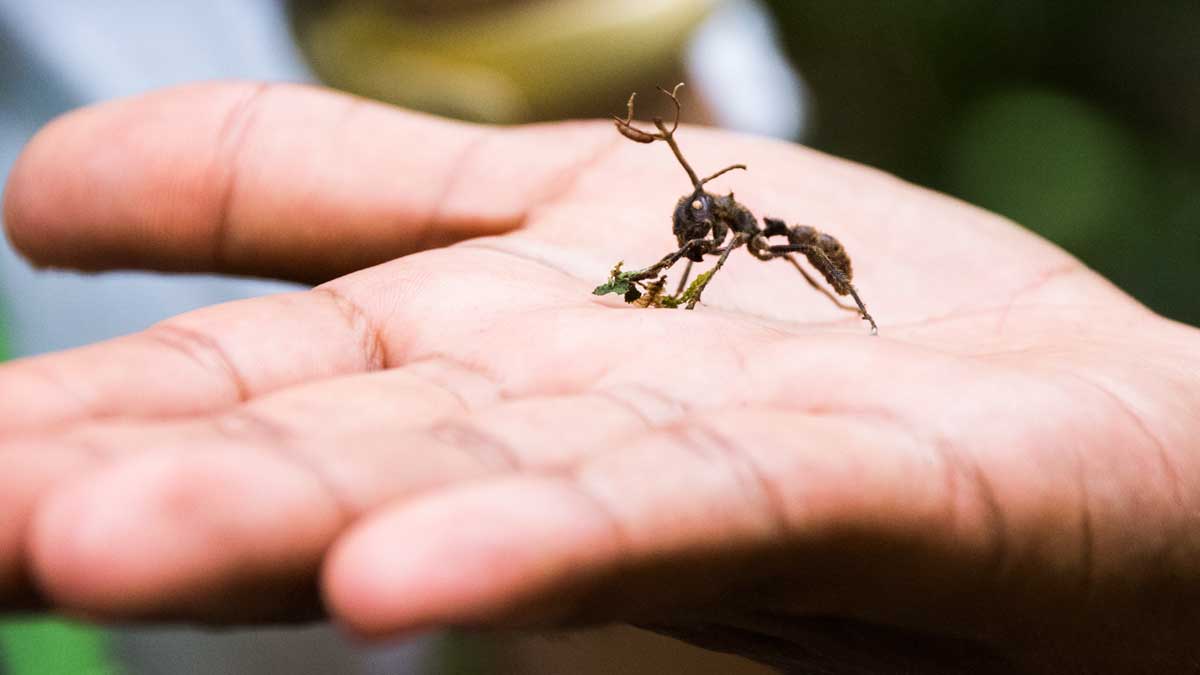
The Laguna Grande
The Laguna Grande is a large lake in the Western Cuyabeno. In November, it is full of water that comes only from the heavy rains that inundate the Amazon Basin during the summer months of June, July, and August. By January, the lake is dry. As the water recedes, it is easier to spot animals at night, especially caiman. Sometimes creatures like jaguars and tapir can be easier to see as they have to come further out of the forest to get to the water. However, water loving dolphins migrate further east towards Rio Aguarico.
